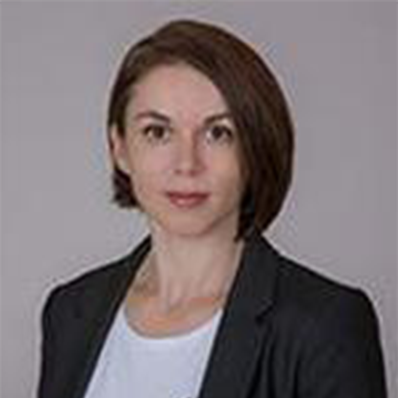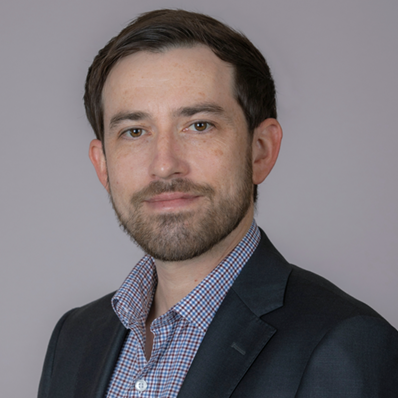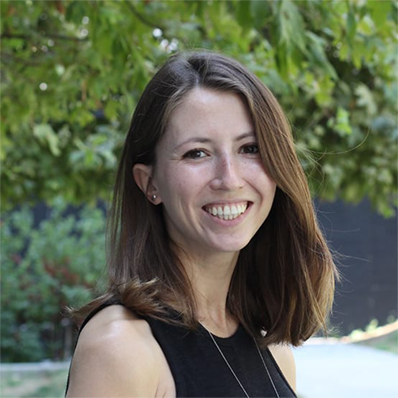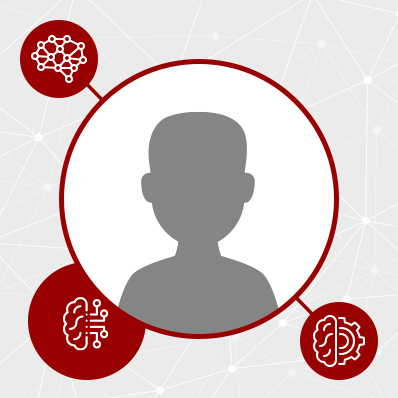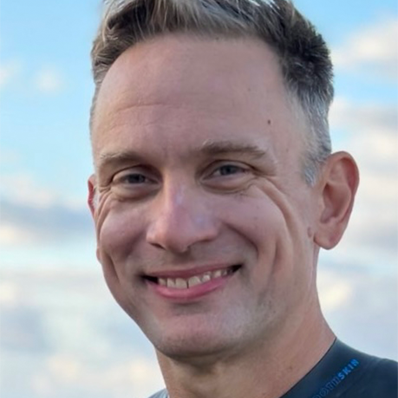Charaziak, Karolina
Assistant Professor of Otolaryngology-Head and Neck Surgery
Hearing loss is one of the most common sensory disabilities, with 350 million people worldwide suffering from hearing impairment. Unfortunately, the development of intervention strategies for overcoming the effects of sensory impairment is hampered by limited understanding of both how the normal inner ear processes environmentally relevant sounds and how disruptions in this processing can be identified and diagnosed. Thus, in our lab we aim to advance this knowledge by studying how the cochlea of the inner ear processes both simple and environmentally relevant sounds. We utilize approaches that combine both direct (e.g., intracochlear vibrometry) and indirect (e.g., otoacoustic emissions, electrophysiology) measurements of cochlear responses with theoretical modeling. Joint intracochlear and otoacoustic emission/electrophysiological studies informed by theoretical models are crucial for improving the power of diagnostics in humans, where the cochlea cannot be accessed for a direct study.
Dewey, James
Assistant Professor of Otolaryngology-Head and Neck Surgery
The Dewey Lab studies the mechanical processes that underlie normal hearing and how these processes are affected in hearing-impaired ears. Current topics of investigation include (1) how sound causes the structures within the cochlear spiral to vibrate, (2) how these vibrations are amplified by the sensory outer hair cells, and (3) how this amplification process leads to the emission of sound by the ear.
Gnedeva, Ksenia
Our perception of the environment relies on specialized cellular receptors residing in epithelial sensory organs. While olfactory and gustatory receptor cells are naturally reproduced throughout life in order to sustain the senses of smell and taste, age-related degeneration of retinal, auditory, and vestibular sensory organs is largely irreversible in humans. In the Gnedeva laboratory, we interrogate how molecular signaling and tissue mechanics control embryonic sensory organ growth and how the developmental programs of self-renewal and differentiation can be re-initiated in the mammalian inner ear after damage. Although the focus of our research is on hearing and balance restoration, our lab has broader interest in the common mechanisms that suppress regeneration in specialized sensory tissues.
Hires, Samuel Andrew
Associate Professor of Biological Sciences
The Hires lab is investigating the basis of biological intelligence. Over the past decade we developed numerous imaging tools to record large-scale patterns of neural activity that are used by thousands of neuroscience labs. These have resulted in hundreds of publicly available datasets embedded with rich representations of neural activity. We are now developing analytical tools, using recent AI developments, to ultimately distill undiscovered principles of biological intelligence from these datasets.
Kalluri, Radha
Associate Professor of Otolaryngology
Physiology of the Inner Ear Laboratory focuses on understanding the physical and physiological mechanisms underlying sensory transduction in the inner ear, with the ultimate goal of understanding how disease and injury impair function. The lab. studies sensory transduction in the auditory and vestibular systems both at the cellular and system level using electrophysiology and biophysical modeling. Our work relies heavily on the interplay between quantitative analysis, theoretical modeling and experimental neuroscience.

